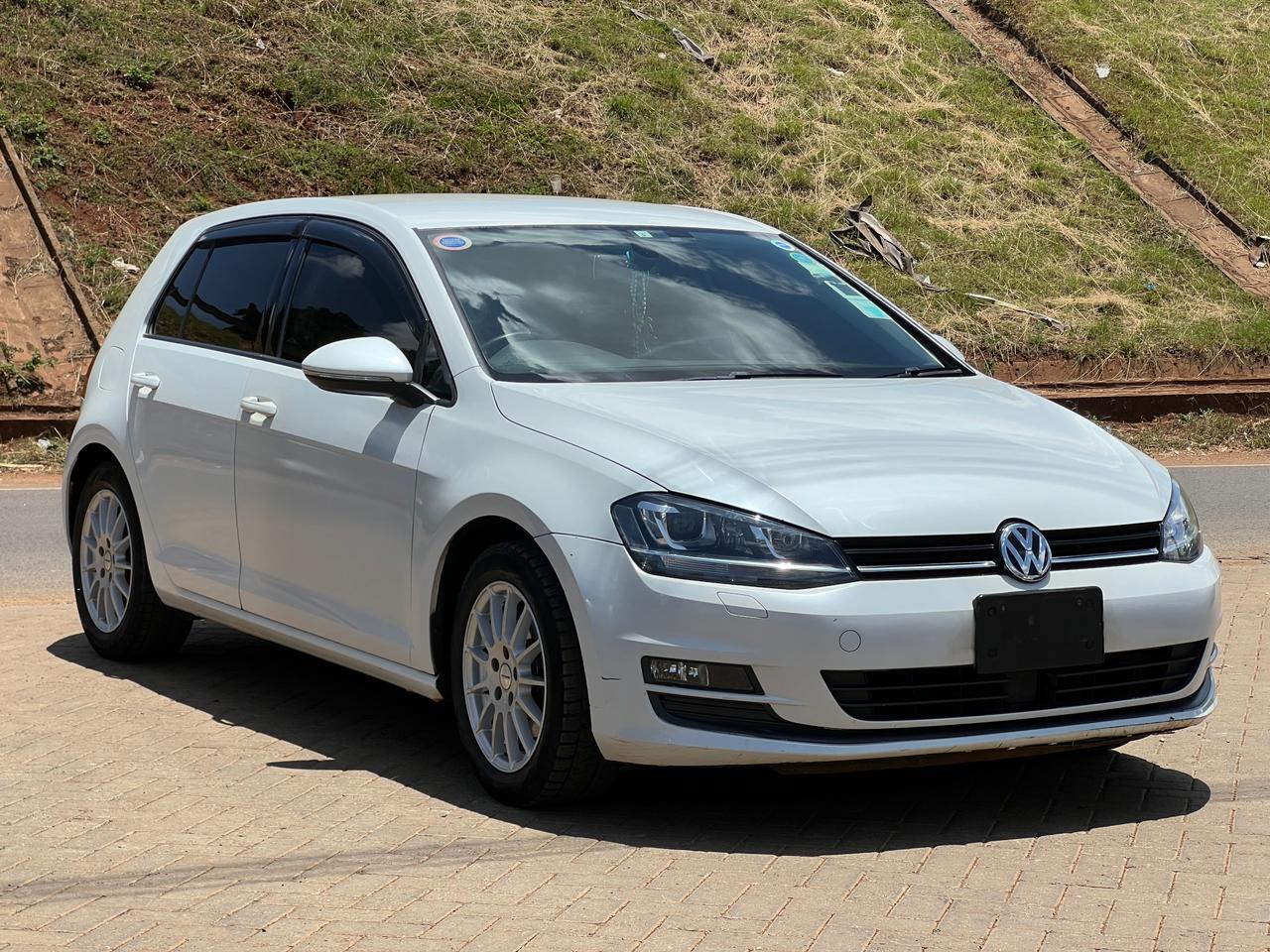The Rise of Chinese Electric Cars in 2025: Are They the Future of Driving?
The Rise of Chinese Electric Cars in 2025: Are They the Future of Driving?
1. Introduction
Not long ago, Chinese car brands were barely on the radar outside of their domestic market. Fast-forward to 2025, and you might see a BYD, XPeng, or NIO driving down your street. What happened? How did China go from being a manufacturing hub for parts to becoming one of the most disruptive players in the global electric vehicle (EV) market?
In this article, we’ll explore the growing dominance of Chinese EVs in 2025, why they’re winning attention, and whether they’re truly the future of driving — or just a temporary trend.
2. Why Chinese EVs Are Suddenly Everywhere
China made a strategic bet on electric vehicles more than a decade ago, investing heavily in battery technology, supply chains, and government subsidies. That bet is now paying off. As global demand for cleaner transportation exploded, Chinese automakers were already ahead of the curve.
In 2025, China is the largest EV producer and exporter in the world, overtaking countries like Germany, Japan, and even the U.S. Many Chinese brands are now selling vehicles in Europe, Southeast Asia, Australia, and — more recently — North America.
But it’s not just about quantity. It’s about how good these cars have become.
3. Top Chinese Electric Car Brands Making Waves
BYD (Build Your Dreams)
- Currently outselling Tesla in China
- Offers a wide range of models: from compact EVs to luxury SUVs
- Known for the Blade Battery, which is safer and longer-lasting
NIO
- Pioneers of battery swapping — a 5-minute alternative to charging
- Known for sleek design, autonomous tech, and premium feel
- Growing presence in Europe (Germany, Netherlands, Norway)
XPeng
- Often compared to Tesla in terms of software and autonomy
- Competitive pricing with Level 3 autonomous driving in some models
- Focused on younger, tech-savvy drivers
Zeekr
- Backed by Geely (which also owns Volvo and Polestar)
- Focus on performance and futuristic interiors
- Expanded into the luxury and sports EV market
4. What Makes Them So Affordable?
One of the biggest draws of Chinese EVs is their price-to-performance ratio. How are they so affordable without compromising too much on quality?
- In-house battery production: Companies like BYD make their own batteries, slashing third-party costs.
- Government support: Generous subsidies, tax breaks, and low-interest loans.
- Streamlined supply chains: China dominates global production of lithium, cobalt, and rare earth materials.
- No legacy costs: Unlike Western automakers transitioning from combustion to EVs, many Chinese brands started electric from day one.
For example, a BYD Dolphin with 250+ miles of range costs around $20,000 USD in some markets. That’s hard to beat.
5. Tech Features That Rival Tesla
If you think “affordable” means “basic,” think again. Chinese EVs in 2025 are loaded with futuristic tech:
- Voice-activated assistants that control climate, navigation, and music
- Augmented Reality HUDs (heads-up displays)
- Advanced driver-assist systems (Level 2+ autonomy)
- In-car gaming and karaoke for passengers
- Massaging seats, ambient lighting, and face recognition unlock
XPeng’s latest G6 SUV features a 4K cabin display, dual LiDAR sensors for autonomy, and even drone integration. They’re not just catching up — they’re innovating.
6. Global Expansion: Europe, Asia, and Now the U.S.
In 2025, Chinese automakers are no longer content staying local.
- BYD is launching models in Europe and Latin America at record pace
- NIO has opened showrooms in Oslo, Berlin, and Amsterdam
- XPeng is testing U.S. roads for a potential 2026 launch
- Zeekr just signed a partnership with a U.S.-based ride-hailing company
Their strategy is clear: target markets where EV demand is high and competition is expensive. By offering a similar experience at a lower cost, they’re winning over thousands of customers each month.
7. The Concerns: Quality, Safety, and Support
Despite the progress, skepticism remains — especially in Western markets. Here are the main concerns:
- Build quality: While many Chinese EVs have improved, some models still lag behind in fit-and-finish
- Safety regulations: Not all Chinese cars meet strict U.S. or EU crash safety standards (though most are improving)
- After-sales support: Warranty, servicing, and parts availability are still limited outside China
- Data privacy: With connected cars, concerns around data transmission to Chinese servers remain a hot topic in countries like the U.S.
These challenges won’t disappear overnight, but as brands localize operations and improve transparency, public trust is gradually growing.
8. What Drivers Are Saying
We scoured EV forums, YouTube reviews, and owner testimonials to see what real people are saying in 2025.
Elisa (Germany): “My NIO ET5 is smoother than my old BMW i4. The interior is futuristic, and the range anxiety is gone thanks to battery swapping.”
Carlos (Mexico): “BYD gave me a better deal than Kia or Nissan. It’s my first EV, and I’m loving the quiet drive and low maintenance.”
James (U.S.): “I test-drove an XPeng G9 while visiting Canada. The tech is insane. It even parked itself into a tight spot I couldn’t get into.”
Of course, there are complaints too — mostly about software glitches and delays in parts delivery. But overall, sentiment is surprisingly positive.
9. Should You Buy a Chinese EV in 2025?
The decision comes down to your needs, location, and comfort level.
✅ Consider buying if:
- You want high-tech features without breaking the bank
- Your country or state has strong EV infrastructure
- There’s local support (dealers, service centers) for the brand
❌ Wait a bit longer if:
- You’re unsure about resale value or long-term reliability
- Your area lacks service networks or charging stations
- You prefer brands with proven track records in your market
As with any car purchase, test-driving is key. Many new owners are pleasantly surprised after trying a Chinese EV.
10. Final Thoughts: Embracing a New Auto Era
2025 is shaping up to be a turning point in the global automotive industry. Chinese EVs are no longer “cheap knock-offs” — they’re competitive, innovative, and aggressively global.
Yes, there are valid concerns. And no, not every brand will survive the next five years. But just like Korean and Japanese cars broke into the West in past decades, Chinese EVs are carving out their own legacy now.
Whether you’re ready to buy or just curious, it’s impossible to ignore this wave. The future of driving might just be made in China — and that future is electric.





Comments